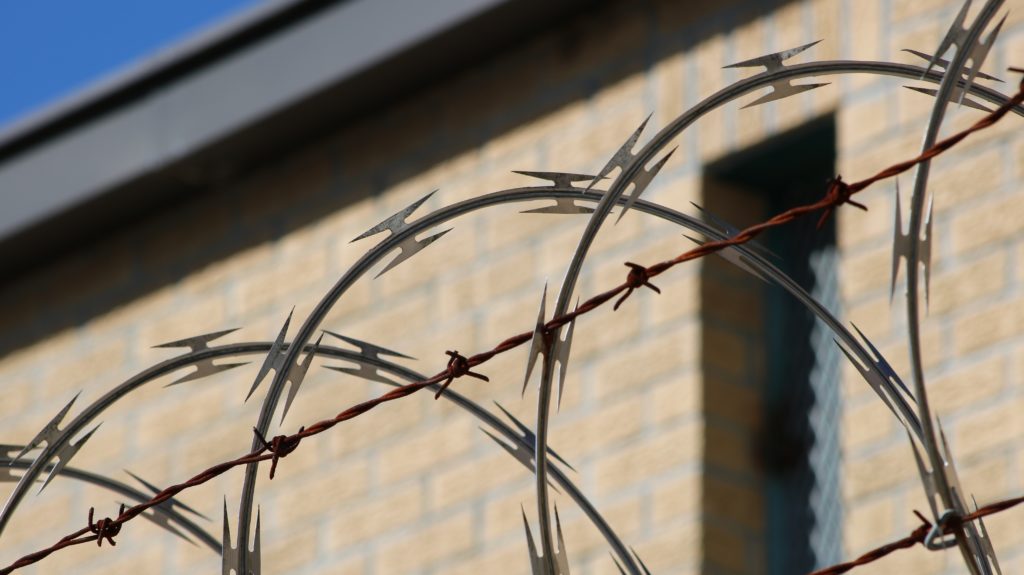COVID-19 Demonstrates Arbitrariness of Justice System

Since the COVID-19 pandemic has ground the criminal justice system to a virtual halt, there has been a chorus of calls – at both the local and national levels – for prisons to reduce their inmate populations. This is based on science: there are few places more susceptible to the spread of the virus than a prison or jail, where social distancing is nearly impossible. In fact, federal prisoners are about six times more likely to contract the virus than the general population.
But how efforts to reduce the incarcerated population plays out in the real world is anything but scientific. It’s arbitrary.
Take the case of a Brown Law client, “S.”, who was charged in federal court with a non-violent drug offense. While awaiting trial, and still presumed to be innocent, S. was detained at the most infected facility in the region: the D.C. jail system. The conditions at the jail were (and are) so bad that a federal judge granted in part a preliminary injunction forcing the jail to improve conditions for inmates and guards. The number of infected detainees soared above 100. There were even deaths.
With respiratory problems and immune system issues, “S.” was in a particularly vulnerable position. If he contracted the virus, there was a real potential for complications.
Based on the conditions in the jail, and S.’s pre-existing health problems, Brown Law filed a motion in federal court seeking his release from the jail. He proposed moving to a pre-screened location where he could self-quarantine for 14 days, then remain under house arrest, with electronic monitoring, under the supervision of U.S. Pretrial Services, until his trial date. In other words, he had a plan to ensure his own safety while at the same time helping others by reducing the jail population.
The matter was set before a federal magistrate judge. The Government opposed S.’s plan, arguing that his health problems were insufficiently documented, and, because of his charges, he was a “danger to the community.” The judge heard all of the evidence, conducted an independent investigation, and sided with S., finding that he could stay with a family member and be sufficiently supervised to ensure the safety of the community. The judge also concluded that S. simply was not safe in the D.C. jail.
So did S. get out? No. The Government appealed and the matter went before another federal judge in the same courthouse. This judge saw things differently. Based on the exact same facts that were before the other judge, and without any new evidence, the second judge sided with the Government, and ordered that S. remain in the D.C. jail. The second judge even noted confidence that “based upon the pleadings and arguments provided, that [S.] will receive adequate care by the United States Marshal Service, who oversees his pretrial detention.”
Two judges; two different results. S. was forced to remain in the D.C. jail system while the virus continued to spread.
Then, over Memorial Day weekend, Brown Law received a call from a member of S.’s family. His sister called to alert us that S. had contracted COVID-19. In response to his infection, the jail put him in solitary confinement in a tier with other infected detainees. He now is locked inside his cell for all but 30 minutes each day. If he wants to use the phone to talk to his family, he had to share it with other infected detainees.
Is this justice? You decide.
